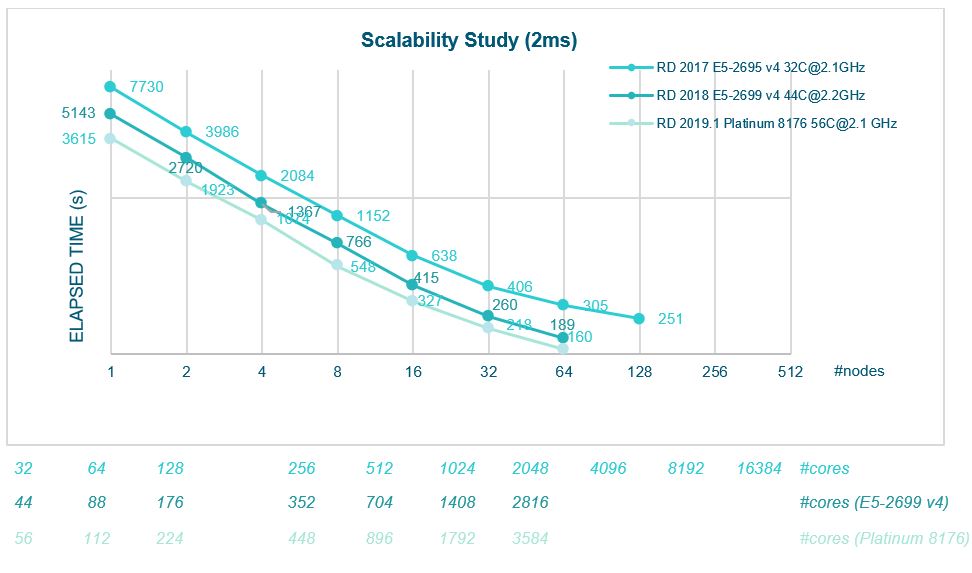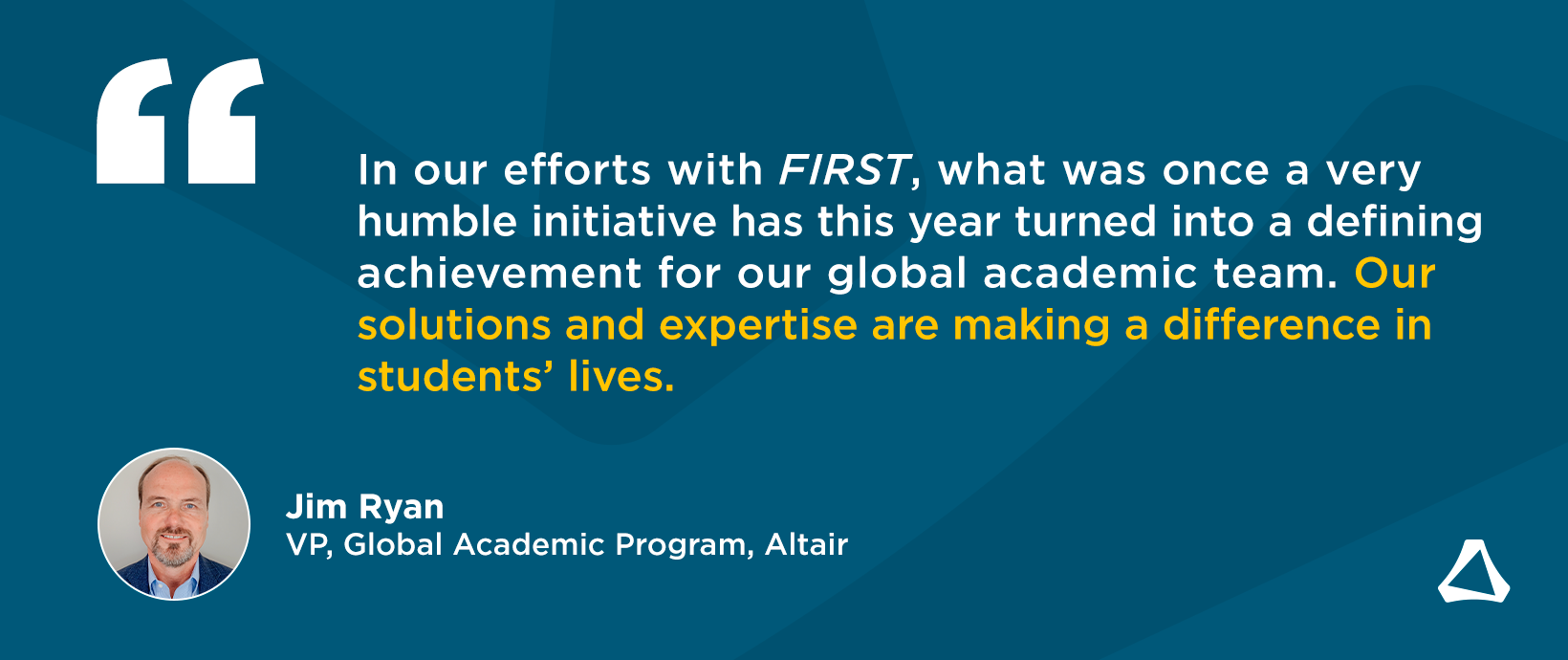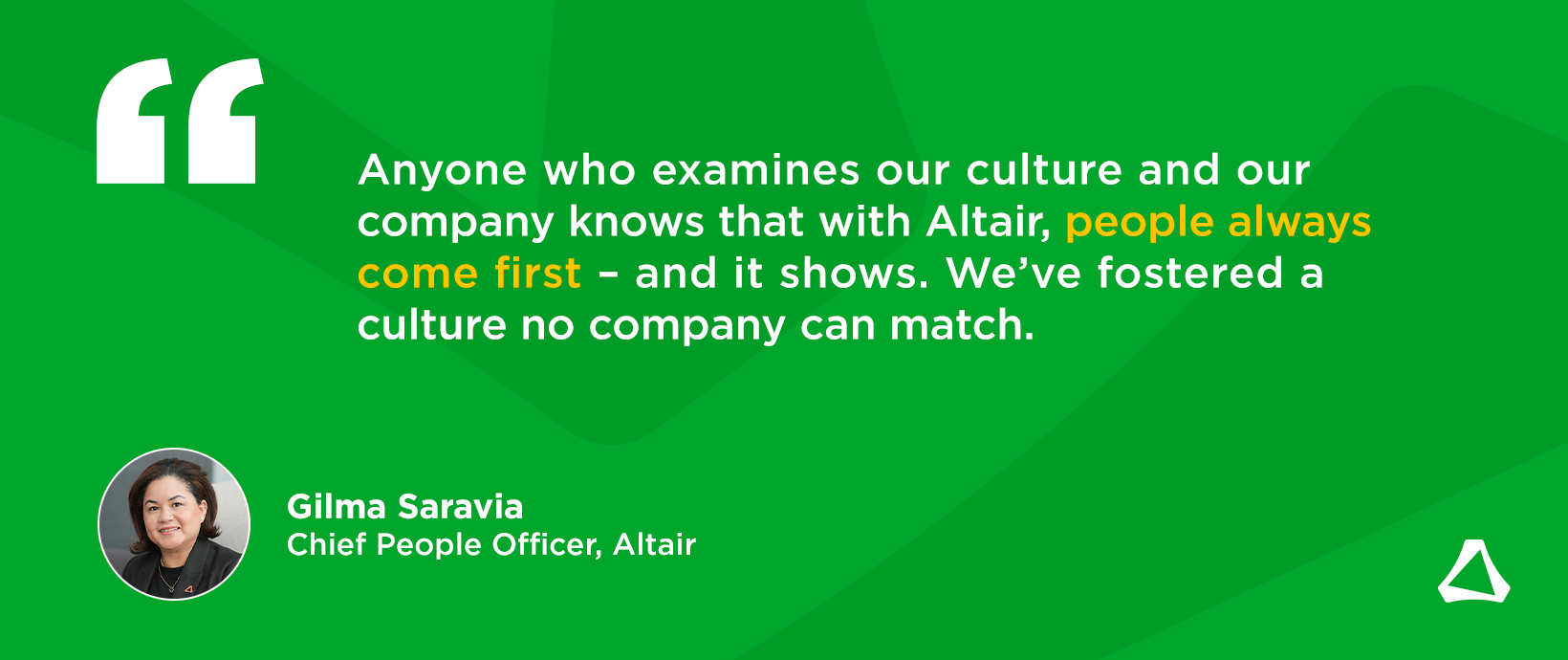Assuring Scalability: A Look at Crash-Safe Vehicle Designs
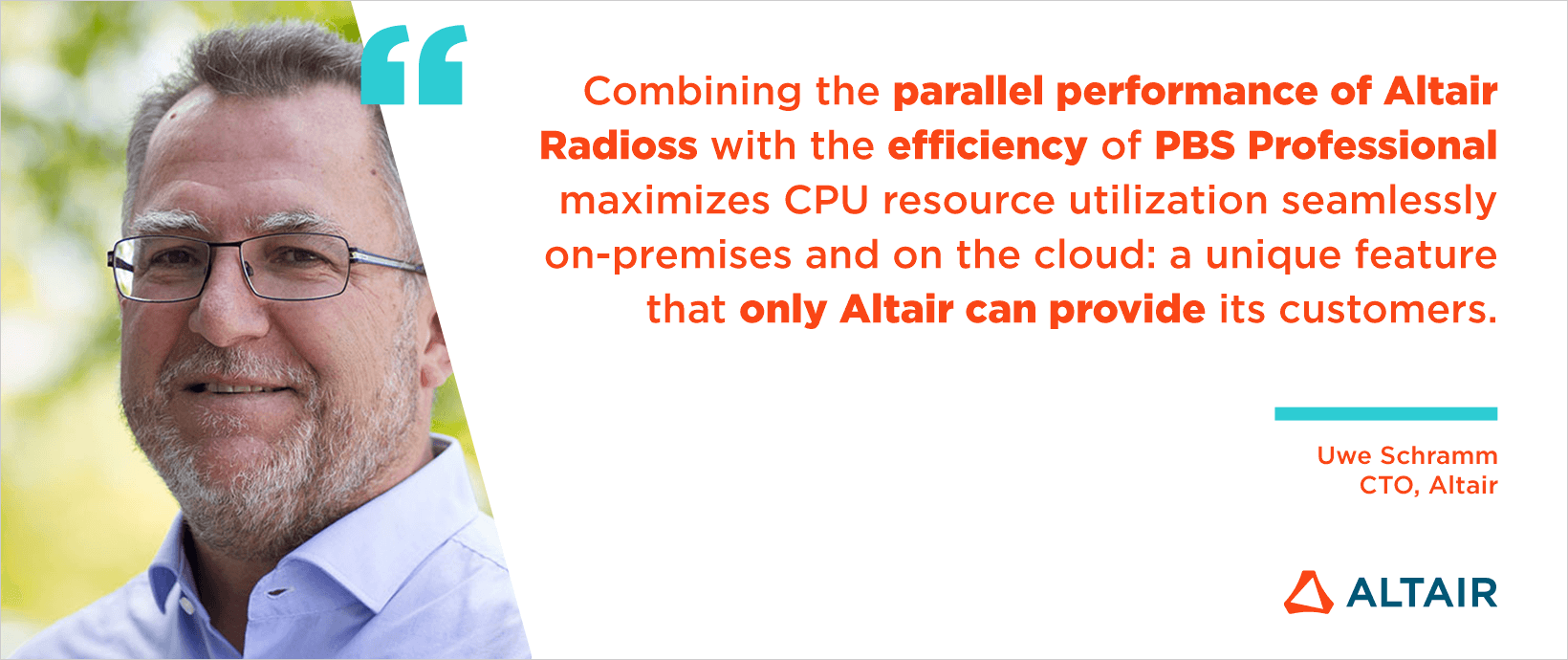
Vehicle Safety Drives Carmakers Success
In the race to deliver safer vehicles to market, the simulation of vehicle performance under different crash scenarios has been replacing costly physical testing. Regulatory authorities are demanding more test conditions and load cases, which makes
physical testing alone cost prohibitive and increases the pressure to simulate both accurately and efficiently.
Adding further complexity to crash modelling, vehicle designs are evolving rapidly to replace internal combustion engines (ICE) with greener power and new on-board powertrains and other components, such as batteries and high-pressure hydrogen tanks, also posing new challenges in terms of vehicle layout and critical components safety engineers need to look at.
To attain the robustness required to accurately predict occupant safety and vehicle structural integrity, these new designs need more simulation runs using different load cases, which contribute to larger models, potentially including as many as 26 million element models by 20301.
 Modern crash regulations cover several events in different parts of the vehicle
Modern crash regulations cover several events in different parts of the vehicle
With growing model complexity, the demand for central processing units (CPUs) is ever increasing to assure a fast job turnaround time, making high-performance computing (HPC) and solver scalability critical.
Altair’s work with market-leading hardware developers helps customers deliver results within ever shrinking design cycles. Altair Radioss™ – a market-leading structural analysis solver for highly nonlinear problems under dynamic loadings – delivers improved crashworthiness, safety, and manufacturability of structural vehicle designs. With Radioss, irrespective of the hardware the solver is running on, scalability is proven and assured.
What is Scalability?
Scalability is described as the ability of a process, network, software, or organization to grow and manage increased demand. In today’s virtual world, any scalable engineering system (hardware and software) has an immediate advantage because it can adapt to the ever-growing demands of its users. From a hardware perspective, the evolution of CPU architecture, storage capacities, and ability to retain performance levels when adding additional processors denotes a scalable system. Whereas any software application that takes full advantage when moved to a larger computer system is scalable, providing faster, better performance. Every engineer wants simulation results faster, while from an IT perspective, the aim is to maximize resource efficiency.
Traditionally, one of the most resource-hungry simulations is the full vehicle crash analysis, which is an expensive and time-consuming part of any vehicle development project. Proving crashworthiness is both a legal requirement and significantly influences customer decisions to buy.
Scalability in Radioss Full Vehicle Model
Over the years, Altair has collaborated with HPC enterprise vendors such as Cray to measure Radioss’ full vehicle model performance using the public Taurus Model (10 million elements) for the scalability of clusters. Retaining this model enables comparison between previous hardware configurations or set-ups.
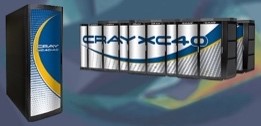 |
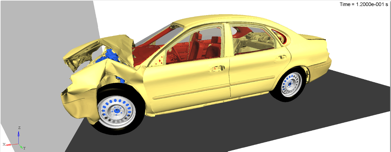 |
Taurus 10 million elements |
Altair Radioss full vehicle model - comparison between performance of multiple nodes, cores/platform
High-Performance Computing Evolution
Conventional CPU architectures effectively hit limits in 2005 because of inherent thermal/electrical constraints. New generation CPUs have more cores with efficient architectures and offer technologies with high speed connectivity. Scalability now becomes a strategic component to meet computing needs. Altair has closely monitored the HPC revolution and has benchmarked the progress. With new generation CPUs, Radioss can exploit all the cores with its ability to scale both on a single node or on more cores on clusters running on multi-nodes.
Altair benchmark CPU evolution
In addition to running on clusters of cores across the latest CPUs, Altair’s state-of-the-art solver employs HPC with evolving advanced hybrid parallelization technologies, along with numerical methods to enhance intrinsic performance all
at an affordable price for engineers to attain robust results coupled with a fast job turnaround time.
In today’s HPC scenario, hybrid parallelization schemes (MPI and OpenMP) are considered the best methods to provide Radioss with
the necessary flexibility to attain the highest scalability over thousands of cores. It does, however, need to be tuned according to the CPU architecture: how many sockets per node, cores per CPU socket. You can learn more about this here.
Cloud Revolution
With a large proportion of the engineering world working from home in 2020, Altair’s rapid COVID-19 response has helped our clients adapt and remain open for business. The growing adoption of the cloud is making HPC affordable for many more small business customers, whereas in the past, large HPC systems tended to be exclusively accessible to large companies. HPC on the cloud is now as effective as best-in-class supercomputers, opening opportunities for HPC to solve a broader number of complex challenges. Combining the parallel performance of Altair’s Radioss solver with the efficiency of Altair PBS Professional™ maximizes CPU resource utilization seamlessly on-premises and on the cloud: a unique feature that only Altair can provide its customers.
1 Spethmann, P; Thomke, S.H.; Herstatt, C. “The impact of crash simulation on productivity and problem-solving in automotive R&D”, Working Papers / Technologie- und Innovationsmanagement, Technische Universität Hamburg-Harburg, No. 43 (2006) | http://hdl.handle.net/10419/55496


